Nine Ways The Kace K1000 Helps Small Business
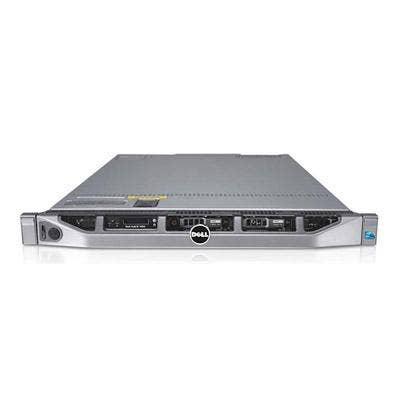
Kace K1000: Kace The Place For Dell
Since its acquisition of Kace a year and a half ago, Dell has worked hard to make the company's system management appliances more Dell-aware and less buggy. Dell will contine in that direction Thursday when it releases a firmware update that integrates warranty and asset tag data for managed Dell systems, and an all-new agent for Windows PCs that no longer relies on the .NET framework.
The all native-code agent simplifies installations, brings Windows 7 systems into compliance and will deploy to Windows environments where legacy .NET systems previously presented problems. Administrators will be notified of the free update on the dashboard of physical Kace systems, where they'll be promoted to download a 100-MB installation file. The update will be available for virtual implementations in about two weeks, Dell said. Agents for Linux and Mac OS X are unchanged.
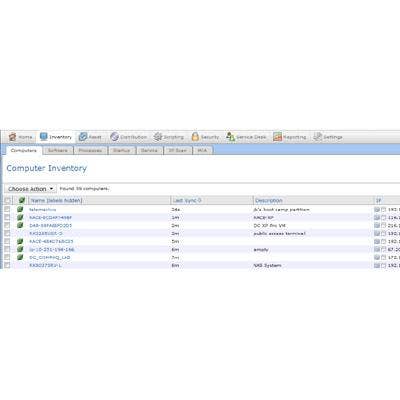
Agents Of Fortune
To deploy agents to Windows clients, Microsoft's Simple File Sharing must be turned off. If Windows Firewall is enabled, file and print sharing must be enabled in the firewall configuration's exceptions list. According to the documentation, the Kace K1000 uses ports 139 and 445 for remote installation on Windows targets, but in tests, port 22 was deemed the culprit in cases where remote installation failed. Machines running Linux and Mac OS X have no such issues.
Once agents are installed on target machines, the Kace K1000 performs a detailed scan of those machines and populates a MySQL-based inventory database, storing information about software and hardware. Subsequent scans, which can be run at configurable intervals, result in reports about new information added since the last scan.
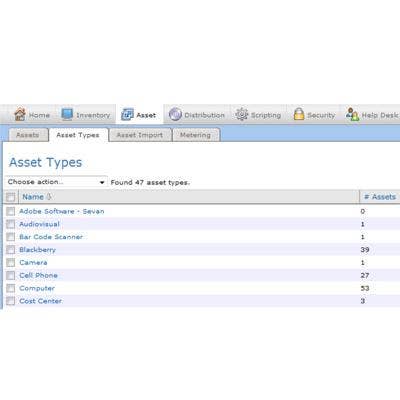
Covering Your Assets
Kace will attempt to classify discovered systems as asset types from a programmed list, which can be appended and customized to fit any need. Additional asset types can be created with data imported from spreadsheets or other file types. The database also stores a change history. Assets can be labeled and placed in groups, for instance by department, branch office, IP address, city, state, country, etc. Resellers that manage assets of multiple customers can segregate assets by company name, then by branch, department, etc.
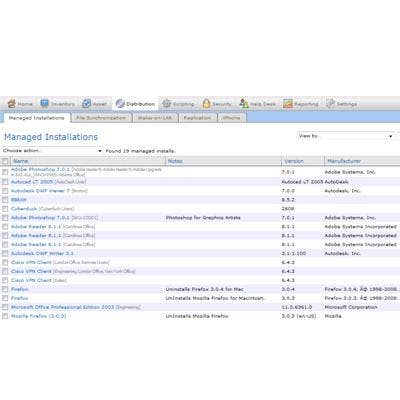
Managed Software
Kace makes it possible to maintain a list of software applications permitted within the organization, their version numbers, client licenses and so on. A software metering function reports usage and licence compliance. The system also can enforce policies that will synchronize files such as spreadsheets, contact databases and virus definitions; remove or update older application versions; and delete or report the presence of unauthorized or disallowed software.
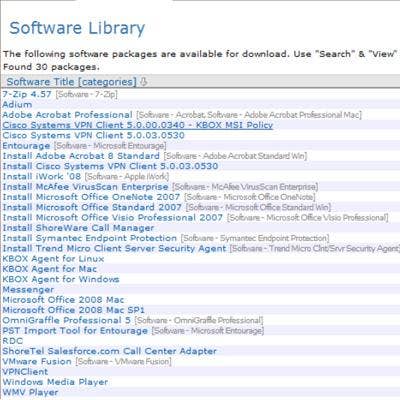
What's On My Machine?
Dell's Kace K1000 is not just for system admins. The software allows users themselves to access authorized software lists (shown) available for download, create trouble tickets (if this function is in use by the organization) view knowledge base files and access information about their own system.
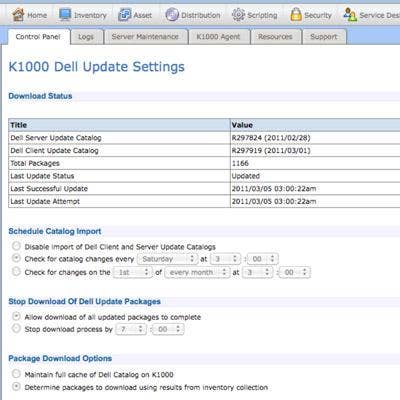
Further Dell Integration
Kace integrates tightly with Dell servers and PCs. A facility permits centralization and automation of BIOS and driver updates. Through integration with Dell OpenManage, imports of update catalogs can be scheduled at regular intervals. Once the updates are downloaded to the Kace K1000, IT-controlled policies (next) take care of the rest.
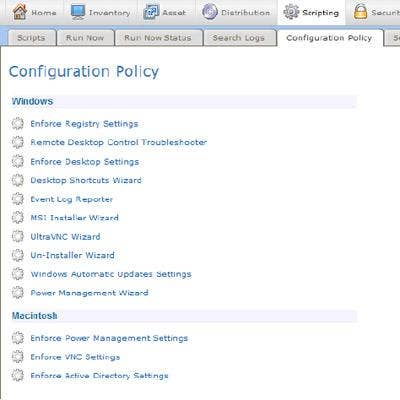
Automation Is The Best Policy
Dell makes it super-easy to create policies and have them enforced. Through the use of templates and wizards, the creation of each system-specific wizard policy takes just a few minutes. We were able to create a power management policy for Windows and Mac OS X machines in literally seconds and deploy it to test machines in a few minutes more.
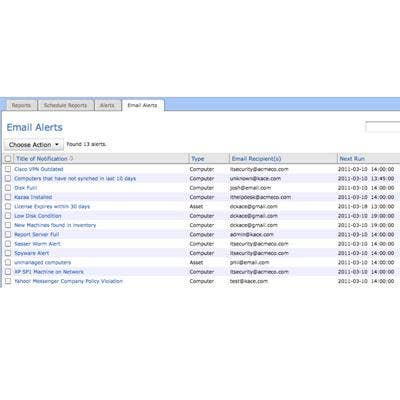
E-mail Alerts
Dozens of alerts are enabled by default, including those for disk and server full, spyware present and pending license expiration. Administrators also can easily create their own based on countless parameters and thresholds. There's also a broadcast alert facility to notify all connected systems of upcoming downtime and other events of a global nature. Messages appear as a pop-up on user screens.
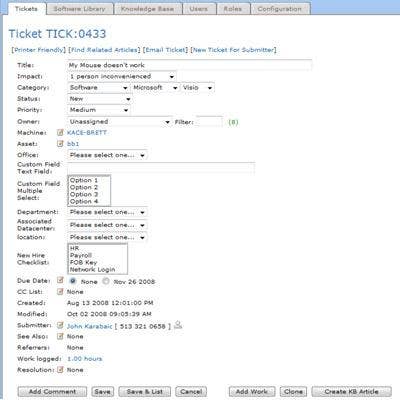
Click-It, Ticket
According to Dell, the Kace K1000 offers one of just a small handful of service desk applications that's natively integrated with a user inventory and asset management system. Tickets can be submitted by admins, IT staff, and users through the system or via e-mail. The system offers escalation capabilities with configurable rules, ticket fields and field defaults; the ability to save screen captures, and implements ITIL-based incident management best practices. There's also ticket queues, work flow rules and automated routing.
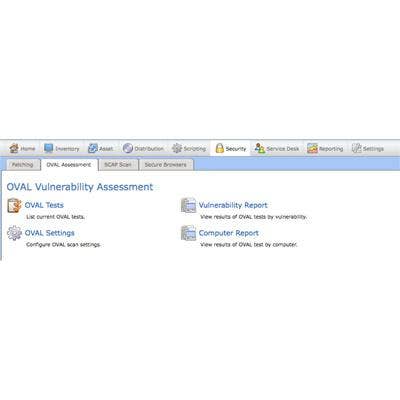
Open To Oval
The Open Vulnerability and Assessment Language (OVAL) sets a baseline determining whether certain security issues exist on computer systems. The Kace K1000 permits the automation of these tests during customized intervals with reporting linked to Kace patch management and remediation.
Also present in the Kace K1000 (but not shown) are scanning modules for the Security Content Automation Protocol (SCAP), which measures end-point security, and Federal Desktop Core Configuration (FDCC), detailing government regulations for securing Windows XP and Vista. There's also support for "secure browser" virtualized browsers, fully virtualized systems and remote client control through UltraVNC (bundled) and support for Remote Desktop, Dameware and Bomgar remote control tools.
Kace K1000 pricing starts at $8,900 including 100 managed modes and personalized introductory training.